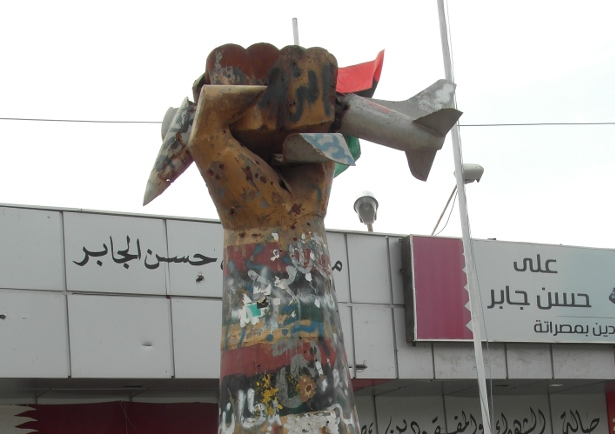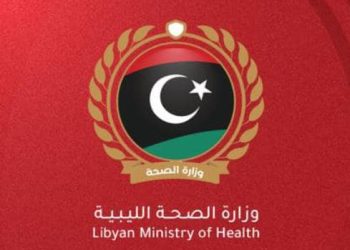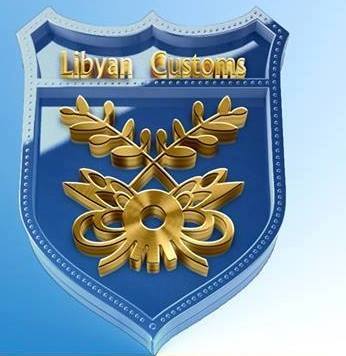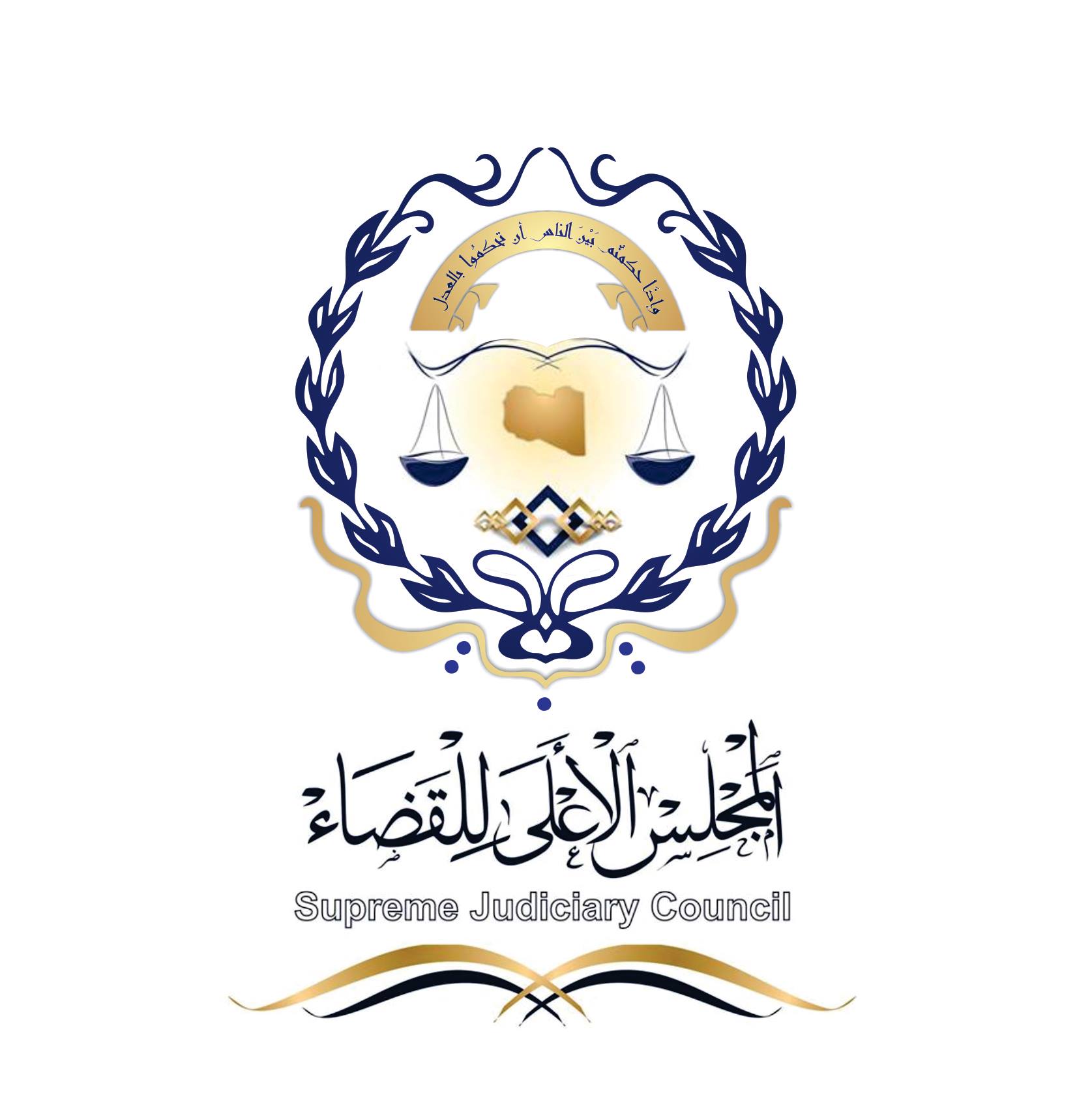By Mathieu Galtier.

Misrata, 17 October:
The authorities in Misrata are calling for a quick and strong military operation inside Bani Walid, a . . .[restrict]town they describe as the “cancer of Libya”.
According to them, if Qaddafi loyalists still residing in the town are not removed by force in the next few days, the forces working against the 17 February revolution will rise up and spread across different parts of the country.
Trying to find military representatives inside Misrata itself is not easy at present. Inside every office, the answer is the same: “Officers are not here. They have left for the front line close to Bani Walid”.
Definitively, Misratan security is all about Bani Walid right now.
As a result, it is the civilian Misrata Local Council which has temporarily become the place for information about the military situation around Bani Walid, and representatives there are extremely reluctant to provide accurate information about ground operations.
Even asking how far the Misratan military is from Bani Walid is met with a blunt response: “That is a military issue; I cannot answer that question”, said Khaled Al-Ashlam, director of management at the council. “Basically, it is an ongoing process. So soldiers go forward and backward”
In fact, the answer to that question is already known, because the Libya Herald has visited the front-line camp stationed at Bir Dufan, approximately 60km northeast of Bani Walid. Periodically, forces from the camp, over 1,000 strong, have moved forwards to the Mordum area around 30km down the road to engage with forces from Bani Walid and undertake shelling operations against the town.
The Union of Elders and Consultation in Libya, a body of elders charged by Congress and the government to reach a negotiated settlement over the Bani Walid situation, has now visited the town, having initially been turned back by militia from Misrata on Friday.
The result of these negotiations has been an agreement with the local authorities there to allow brigades from eastern Libya, not Misrata, to enter the town.
In spite of this, however, Al-Ashlam told the Libya Herald that Misrata is still working on a list of suspected war criminals inside Bani Walid, and the crisis between the two towns is far from over.
“The departure of these top security officers from Misrata means the situation is boiling”, said one local businessmen with good connections inside the local council. “The main offensive will come very soon. Misratan forces have gave the government just a few days to fix the problem and they failed to do so.”
On Tuesday night, the airport authorities were waiting for two Misrati soldiers injured on the front line to be brought back and transferred to Tunis. One was wounded on Monday night, the other yesterday. Both of them were said to have been badly wounded in gun battles.
The authorities in Misrata refuse to give up-to-date information about the situation at the front, but they are very eager to talk about the general reasons for the siege. In fact, they want their message to be reported clearly : “Ninety-nine percent of Bani Walid is out of the control of the government. The city is like the cancer of Libya. If the government doesn’t show it is strong, then the protest against the revolution will spread to different cities such as Kufra, Sebha, Murzuk and so on” Al-Ashlam insisted.
To press home the message, the member of the local council described Bani Walid as a city of Qaddafists and terrorists.
“Right now, they are buying weapons from southern countries. Inside Bani Walid there is no Libyan flag, only green ones, the black flags of Al-Qaeda and Algerian flags as well.
They use propaganda media as Qaddafi used to do. For example, they said the army killed a 7-year-old girl but actually they faked a picture from Syria.” The last accusation was proven indeed.
Concerning the flags issue, Libya Herald was in Bani Walid on 8 and 9 October and did not see any green, Algerian or Al-Qaeda flags. On the contrary, few flags of any colour were seen, but those that were to be found were revolutionary flags.
Another point Al-Ashlam insisted on was the true nature of the operation: “This operation has nothing to do with what happened in Tawargha. It is not a Misuratan attack against the Warfallah tribe. Misrata has no problem with the Bani Walid population. The siege is an official decision voted upon by the National Congress. Hundreds of war criminals are hiding in the city. We have to catch them to finish the revolution. The NTC was too weak to decide to go inside Bani Walid. It is time to do so now.”
Salam Al-Wahar fully agreed with this official statement. The TV journalist was arrested in Bani Walid on 12 July, the same day as Omran Shaban but in a different place.
“I was sent there to cover the clash between Mizda and Zintan”, he said. “When they learnt I was from Misrata, they tortured me. I was hung by the feet and I was waterboarded. I was also whipped by electric cables and a horse-whip on my back. Once I was at the hospital, nurses made superficial cuts to my flesh with a scalpel”, he said showing his bruises. Al-Wahar told the Libya Herald that he was moved from place to place every two days or so whilst inside Bani Walid.
“These Bani Walid people; most of them they are Bedouins. They don’t like to wash themselves or to brush their teeth. They are like gypsies” a deep-rooted Misratan businessman said with contempt. He went on to hark for a different age, when the “Misratan governorate spread from Garabulli to Ras Lanuf”.
[/restrict]








